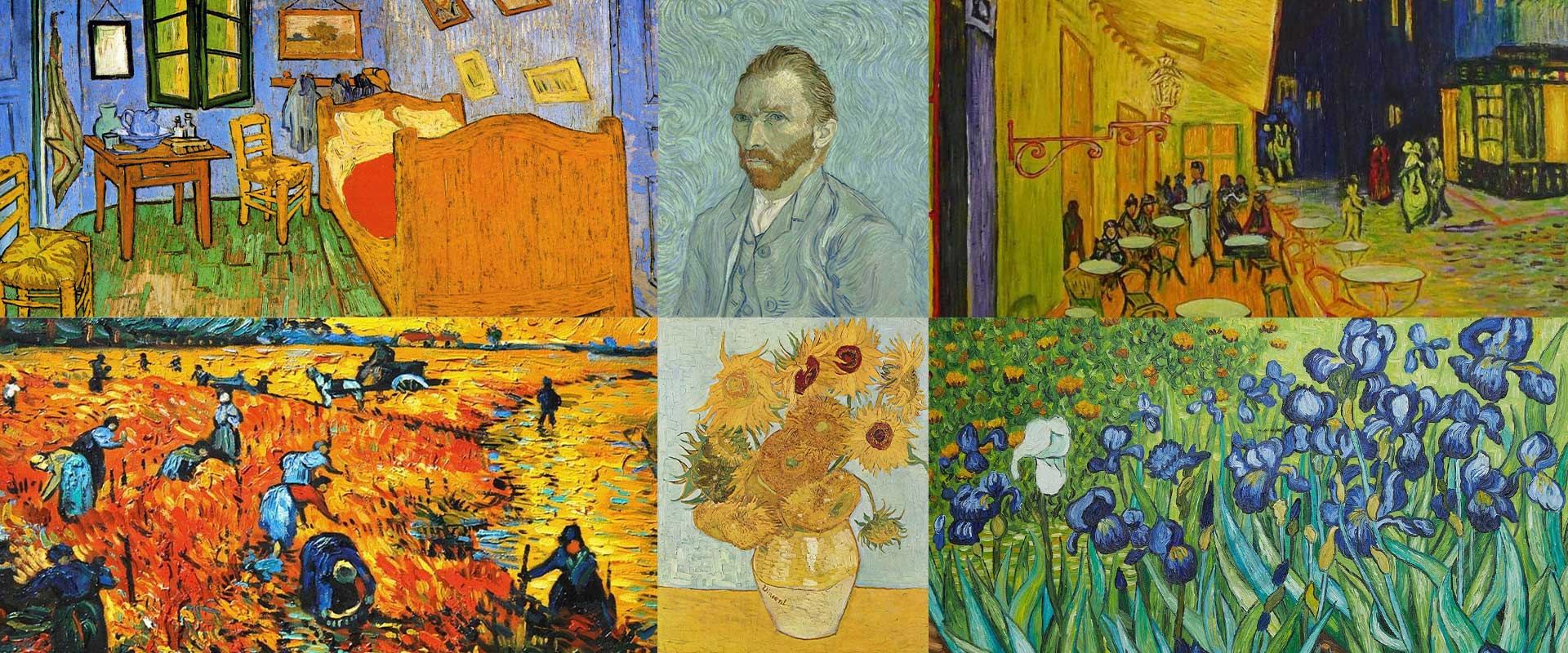In the tranquil town of Arles, France, Vincent van Gogh hoped to find peace, creativity, and companionship. Instead, it became the backdrop for one of the most dramatic collapses in art history: his infamous mental breakdown, culminating in the self-mutilation of his ear.
But what exactly happened in Arles? Was it just a moment of madness, or the result of long-simmering internal and external pressures? In this article, we uncover the truth behind Van Gogh’s breakdown in Arles—exploring the events, relationships, and emotional struggles that shaped both his crisis and his most iconic art.
The Move to Arles: A Search for Sanctuary
In February 1888, Van Gogh left Paris for Arles, hoping the southern sunlight and rural setting would revitalize his health and creativity. He dreamed of building a community of artists in a house he rented—the now-famous “Yellow House”.
In Arles, Van Gogh painted prolifically:
- The Yellow House
- The Bedroom
- Sunflowers series
- Café Terrace at Night
But beneath this artistic explosion lay a fragile mind battling intense emotional swings, exhaustion, and isolation.
Enter Paul Gauguin: Collaboration and Conflict
In October 1888, Van Gogh convinced fellow artist Paul Gauguin to join him in Arles. He hoped to create an “artist’s colony” and saw Gauguin as both friend and mentor. Initially, the two bonded over their shared passion for bold color and expressive form.
However, tensions rose quickly.
- Gauguin was assertive and critical; Van Gogh was sensitive and idealistic
- Their artistic philosophies clashed, with Gauguin favoring symbolism and Van Gogh driven by direct emotional experience
- They argued frequently, and the dream of harmony began to unravel
The situation reached a boiling point in December 1888.
The Breakdown: What Really Happened?
On the night of December 23, 1888, following a particularly intense argument with Gauguin, Van Gogh suffered a mental breakdown. In a state of severe distress, he:
- Cut off part of his left ear with a razor
- Wrapped it in cloth
- Delivered it to a woman—reportedly a maid or a sex worker—at a nearby brothel
The next day, he was found unconscious and bleeding in his room and was rushed to the hospital.
This act was not a performance or a stunt, but a symptom of severe psychological distress. Experts today believe he may have been suffering from:
- Bipolar disorder
- Psychosis
- Temporal lobe epilepsy
- Worsened by alcohol abuse, malnutrition, and overwork
Arles After the Incident: Community and Consequences
After the ear incident, Van Gogh was placed under medical supervision. The townspeople—already wary of his erratic behavior—petitioned to have him removed. Feeling rejected and ashamed, Van Gogh voluntarily entered the asylum at Saint-Rémy-de-Provence in May 1889.
Still, he continued to create masterpieces, including:
Even at his lowest, Van Gogh never stopped painting. Art became his anchor and therapy.
Letters to Theo: A Window into His Mind
Van Gogh’s frequent letters to his brother Theo are a powerful testament to his self-awareness and inner battle. After the breakdown, he wrote:
“I am risking my life for my work, and my reason has half-foundered because of it.”
These letters reveal a man who knew he was suffering, yet refused to give up on his artistic mission. He saw beauty even in suffering—and painted it.
The Legacy of Arles
While Arles marked the site of Van Gogh’s greatest personal crisis, it also witnessed the peak of his creative power. In less than 15 months, he produced over 300 works, including many of his most beloved.
His time in Arles reminds us that:
- Creativity and crisis often coexist
- Mental illness does not erase artistic genius
- Even in breakdown, beauty can be born
Bring Van Gogh’s Arles Period Home
You can experience the passion and poignancy of Van Gogh’s Arles period with our curated Van Gogh wall art collection. From The Bedroom to Café Terrace at Night, these timeless pieces carry the emotional energy that defined his work during this turbulent time.
Conclusion
Vincent van Gogh’s breakdown in Arles was not an isolated event—it was the culmination of artistic intensity, personal conflict, mental illness, and profound loneliness. Yet from this collapse came some of the most moving, vibrant, and human works of art ever created.
By uncovering the truth behind this mythologized moment, we gain a deeper appreciation of Van Gogh—not just as a genius, but as a man striving to hold onto light in the darkest of times.





